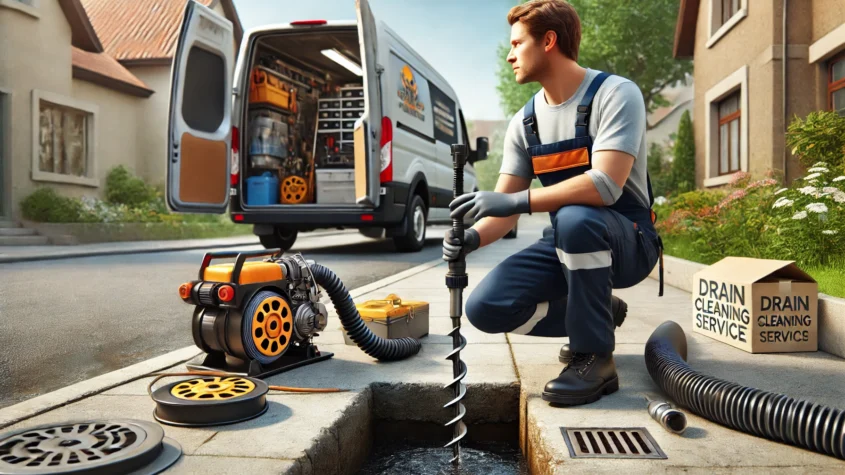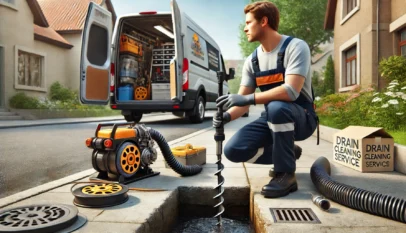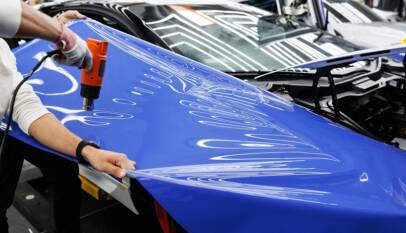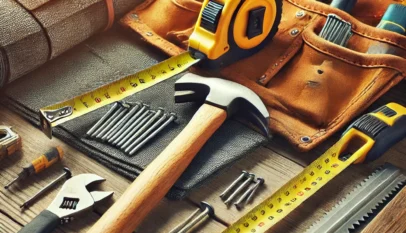Drain Inspection Camera: A Comprehensive Guide to Effective Plumbing Solutions
A drain inspection camera serves a crucial purpose in plumbing and maintenance. It enables professionals to assess the condition of pipes with precision, identifying blockages, leaks, or structural issues without invasive measures. This technology provides a visual understanding of the problem, ultimately leading to more effective and efficient repairs.
Using a drain inspection camera can save time and money by preventing unnecessary excavation and allowing for targeted solutions. With real-time video feedback, technicians can diagnose problems on site, ensuring that they address the right issue the first time.
As plumbing systems age, proactive inspections can prevent larger, more costly repairs down the line. Understanding the value of this tool elevates the importance of routine inspections in maintaining a healthy plumbing system.
Essentials of Drain Inspection Cameras
Drain inspection cameras play a critical role in diagnosing issues within plumbing systems. They consist of various components and features tailored to suit different inspection needs. Understanding the types available and how to choose the right one can greatly enhance efficiency in plumbing maintenance and troubleshooting.
Components and Features
Drain inspection cameras typically include several essential components:
- Camera Head: The camera head usually features a high-resolution lens to capture clear images. This allows for detailed inspections of the interior surfaces of pipes.
- Light Source: Built-in LEDs illuminate dark spaces within pipes. Proper lighting is vital for visibility when inspecting clogged or dirty drain lines.
- Flexible Cable: A long and flexible cable enables the camera to navigate bends and turns in the plumbing system. The length can vary, often ranging from 30 to over 100 feet.
- Monitor: Many cameras come with an LCD monitor to display real-time footage. This helps technicians identify problems immediately without needing to excavate or dismantle pipes.
Types of Drain Inspection Cameras
Several types of drain inspection cameras cater to different scenarios.
- Tracer Cameras: These are designed for locating and tracking underground pipes. They often include a transmitter that sends signals to a receiver.
- Self-Leveling Cameras: They automatically adjust the camera’s orientation for easy viewing. This is particularly useful in vertical applications where maintaining the right angle is crucial.
- Push Cameras: Commonly used in residential plumbing, these cameras are manually pushed through pipes. They are lightweight and easy to handle for straightforward inspections.
- Robotic Cameras: These advanced types can navigate pipelines autonomously. They are equipped with a variety of features for complex inspections, including the ability to rotate and zoom.
Choosing the Right Camera for Your Needs
Selecting an appropriate drain inspection camera depends on several factors.
- Pipe Size: Consider the diameter of the pipes being inspected. Some cameras are specifically designed for smaller or larger pipes.
- Type of Inspection: Assess whether a push camera or a robotic system is needed. For larger systems, robotic options often provide enhanced functionality.
- Budget: Determine the price range that suits the needs. Higher-end models may offer more features but may not always be necessary for basic inspections.
- Resolution: Look for cameras with higher resolution for clearer images. This is important for identifying cracks, blockages, or other damages clearly.
Operational Guidance
Effective use of a drain inspection camera requires adherence to specific operational protocols. Proper preparation ensures a successful inspection and helps maintain the equipment’s longevity.
Pre-Inspection Checklist
Before starting an inspection, it is essential to conduct a thorough checklist to ensure all components are ready. The following items should be verified:
- Camera Functionality: Test the camera to confirm power and video transmission.
- Cable Inspection: Look for any signs of wear or damage on the cable.
- Lighting: Ensure the integrated lights are functioning correctly for optimal visibility.
- Connection Equipment: Check the connections to the monitor or recording device.
This checklist ensures the inspection can proceed smoothly and helps identify any potential issues beforehand.
Step-by-Step Inspection Process
The inspection process should be systematic to ensure thoroughness. The following steps outline a recommended procedure:
- Prepare the Site: Clear any debris from the drain opening.
- Insert the Camera: Carefully lower the camera into the drain. Avoid forcing it through tight spots.
- Monitor the Feed: Observe the live feed as it travels through the drain. This allows for real-time assessment of the condition.
- Document Findings: Record significant observations, noting any blockages or damage.
- Retrieve the Equipment: Gently pull the camera out, ensuring it does not snag on drain edges.
Each step is crucial for obtaining accurate diagnostics and preserving the equipment’s integrity.
Post-Inspection Maintenance
After the inspection, attention to maintenance will prolong the life of the camera. Follow these maintenance steps:
- Clean the Camera: Use a soft cloth to remove any debris or contaminants from the lens and casing.
- Inspect Cables: Check the cable for damages incurred during the inspection.
- Store Properly: Place the camera in a protective case to prevent physical damage during transportation.
- Charge the Battery: Ensure the battery is charged for the next use.
Implementing these maintenance practices can enhance the performance of the drain inspection camera over time.
Vaishno Devi Helicopter Booking Price: A Complete Guide for Pilgrims
Vaishno Devi is a prominent pilgrimage site in India, attracting thousands of visitors eac…














